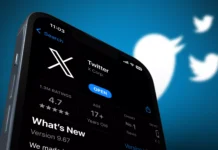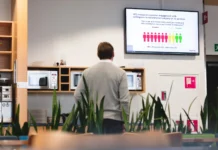
In today’s social media-driven world, Instagram has become a key platform for businesses and individuals alike to showcase their products and services, and connect with their audience. However, simply posting content on Instagram isn’t enough to guarantee engagement and growth. In fact, one of the most crucial factors for success on the platform is timing. Posting at the right time can mean the difference between your post being seen by thousands or just a handful of people.
The Importance of Timing on Instagram
Timing plays a crucial role in Instagram’s algorithm, which determines what content is displayed on users’ feeds. This algorithm takes into account factors such as the time of day, the day of the week, the frequency of posting, and the engagement rate of previous posts. By understanding these factors, you can increase the likelihood that your content will be seen by your target audience and thus get more likes and followers, and Goread.io can help you with that.
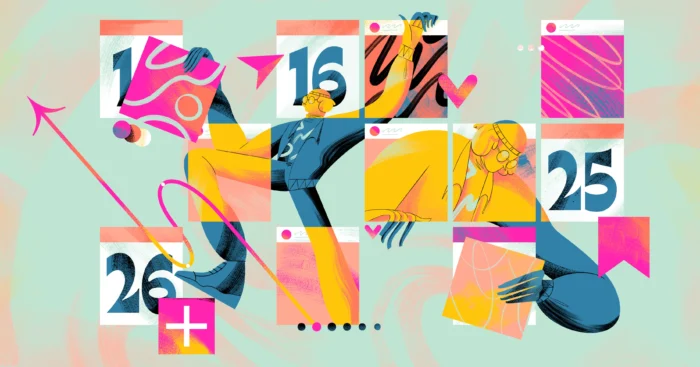
How Instagram’s Algorithm Determines Timing
Instagram’s algorithm is designed to show users content that’s most relevant and interesting to them. To achieve this, Instagram uses a range of signals, including how recently the content was posted, the relevance of the content to the user, and the user’s interaction history with the account.
One of the most important factors in the algorithm is the timing of the post. Instagram rewards accounts that post content at times when their audience is most active. By doing so, the platform ensures that users are seeing content that’s most relevant to them, and they’re more likely to engage with that content.
When is the best time to post?
So, when are the best times to post on Instagram? Unfortunately, there’s no one-size-fits-all answer to this question. The best time to post depends on a range of factors, including your target audience, time zone, and the type of content you’re posting.
However, there are some general guidelines that you can follow to increase the likelihood of engagement:
- Weekdays are generally better than weekends for posting on Instagram, as more people are active during the week.
- The best times to post are during off-work hours, such as early morning or late evening.
- Posting during lunch hours can also be effective, as many people check their social media during their lunch break.
- Test different posting times and monitor the engagement rate to determine the best times for your specific audience.
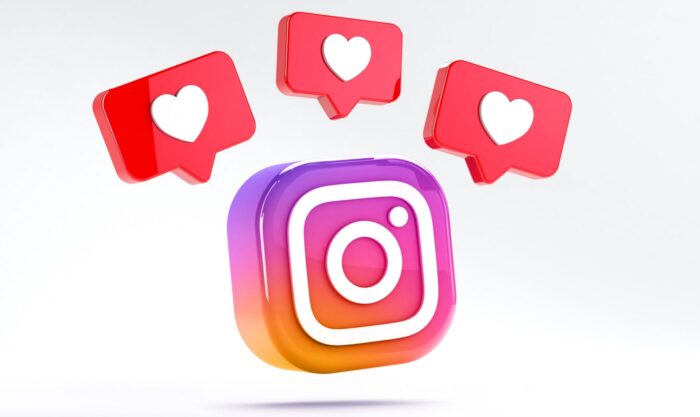
How to Find Your Audience’s Optimal Posting Times
While the general guidelines above can be helpful, it’s important to determine the best posting times for your specific audience. To do this, you can use a built-in analytics tool, Instagram Insights.
Instagram Insights provides data on your audience’s behavior, including when they’re most active on the platform. To access it, you need to have an Instagram business account. Once you have access, navigate to the Insights tab and click on the Audience section.
Here, you’ll find information on your audience’s demographics, location, and behavior on this platform. You can use this information to determine the best times to post based on when your audience is most active on the platform.
The Impact of Time Zones on Instagram Engagement
If you have a global audience, it’s important to consider the impact of time zones on Instagram engagement. Posting at a time that’s convenient for your local time zone may not be effective if the majority of your audience is located in a different time zone.
To account for this, you can use tools such as Hootsuite, Sprout Social, or Later, which allow you to schedule posts at specific times for different time zones. By doing so, you can ensure that your content is being seen by your entire audience, regardless of their location.
The Role of Day of the Week in Instagram Posting
In addition to timing, the day of the week can also have an impact on Instagram engagement. Generally, weekdays are more effective for posting than weekends, as more people are active during the week. However, the specific day of the week can also make a difference.
According to recent studies, the best days to post on Instagram are:
- Wednesday: Studies have found that Wednesday is the best day to post on Instagram, with the highest engagement rates.
- Thursday: Thursday is also a strong day for engagement, as people are looking forward to the weekend and maybe more active on social media.
- Friday: While engagement rates on Friday are slightly lower than Wednesday and Thursday, it’s still an effective day for posting.
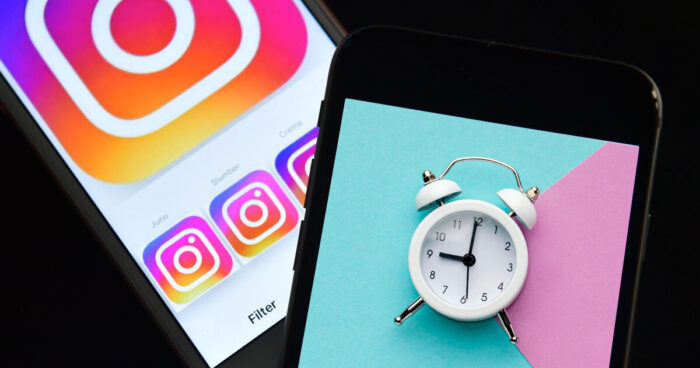
How Posting Frequency Affects Engagement Timing
While it’s important to post consistently to maintain engagement, posting too frequently can actually harm your engagement rates.
Studies have shown that the optimal posting frequency on Instagram is once per day. However, this can vary depending on your specific audience and the type of content you’re posting. It’s important to monitor your engagement rates and adjust your posting frequency accordingly.
Using Analytics to Determine the Best Posting Times
To determine the best posting times for your specific audience, it’s important to use analytics to monitor engagement rates. Instagram Insights can provide valuable information on when your audience is most active on the platform.
However, there are also third-party analytics tools that can provide more in-depth information on engagement rates and the performance of specific posts. These tools can help you identify trends and patterns in your audience’s behavior and adjust your posting schedule accordingly.

Conclusion: The best time to post
To sum up, timing is a key factor when it comes to optimizing your Instagram posts for maximum engagement. Posting at the right time can help you reach more of your followers and increase the chances of them engaging with your content. Experiment with different times and use insights from analytics to find what works best for you. With some practice and patience, you’ll be able to master the art of timing on Instagram in no time!


